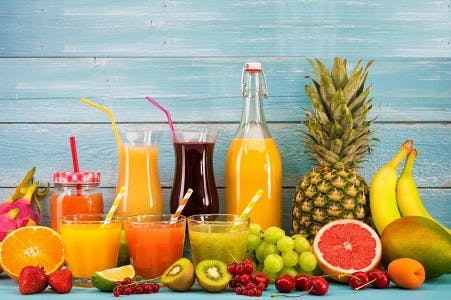Although Google’s drifting away from the tried and tested SEO pattern (keyword research – SEO content creation – backlink building), backlinks still do have some value. For this reason, although you should be putting a heavy influence on quality content and the user experience, it doesn’t hurt to get some backlinks at the same time.
Of course, there’s no reason why writing quality content and building backlinks should be separate. In fact, Google specifically created backlinks to work naturally. When a website wrote a piece of high-quality content, people would naturally link back to that content, inflating the website’s ranking.
The problem is, it can be difficult determining what “high quality content” is. And not only does your content need to be high quality, it also needs to encourage people to link to it. This is where the strategy of “link bait” comes into play.
Linkbait is, essentially, content created to grab links. But it’s not like article directory submissions. No, it’s content designed to build natural links.
Of course, due to the explosion of social media, people are drifting away from links. Instead of linking to websites, they gain value from, they’re “sharing” them on their favorite social media websites. Facebook, Twitter, Google+, LinkedIn – take your pick!
So, the concept’s evolved from link bait to “share bait.”
We’ve been focusing on viral content a lot lately. But in today’s article, we’re going to be talking about a specific way you can get “share bait” – how you can use Google’s new “freshness” algorithm update to dramatically increase the number of people who share your content.
Link Bait and the New Freshness Algorithm

First off, what exactly is the Freshness Update? Well, the Freshness Update is all about getting searchers the relevant results they want immediately.
Before Freshness, if you searched for a phrase like “American Idol” 20 minutes after the show ended, you’d probably get a link to the American Idol website. After freshness, if you search for “American Idol,” you’ll get continually updated results. You may see a post from five minutes ago that talks about how the show went.
The same applies to political debates, sporting events, celebrity news, and much more.
Now, when you publish content that deserves freshness, Google will automatically put your website at the top of the rankings, depending on when you publish it. If you’re able to publish the results of a basketball game before anyone else does, your chances of hitting the top exponentially increase.
You can probably see where this is going. Say someone’s an avid basketball fan. After missing the closing minutes, this person goes online to see the final score. Meanwhile, you run a basketball blog that posted the final results immediately after the game concluded.
So when this person searches for the scores, your website shows up immediately. Now, since this person’s into basketball, they’ll likely be interested in sharing that information with other people they know are into basketball. They might post it to Facebook, Twitter, or even send a basic link to it.
Since your website was in the right place at the right time, you gained a “share.” And you could do this consistently after every single basketball game.
Now, this doesn’t work in all niches. Not all niches require freshness. If you have a website on “apron knitting,” it probably doesn’t deserve freshness. So if you’d like to use this technique, the first step is to ask yourself whether or not your market requires continually updated information.
If it does, it’s time to become the most timely poster in your niche. Doing so will dramatically increase the chances that your website will be featured on page #1 of Google. Additionally, queries that rely on up-to-date information are usually shared most often. So not only will you get a fresh stream of traffic, but you’ll also get a nice number of shares and links to go with it!
Want More SEO Tips?
If you’d like more SEO tips like the one above, be sure to fill out the form below. We’ll send you an email whenever we figure out a new SEO technique, or whenever there’s a search engine update.
Or, if you’d prefer, “like” our Facebook page to get updates posted to your wall.
If you liked this article, you may also enjoy:
The Google Freshness Update - One Week Later
Google's New Shift Call for a Stronger Commitment to Quality
How to Keep the Google Panda Update from Putting Your Site on the Endangered Species List
The Taming of the Internet: What's Happening, Why it's Happened Before and What You Can Do About it
